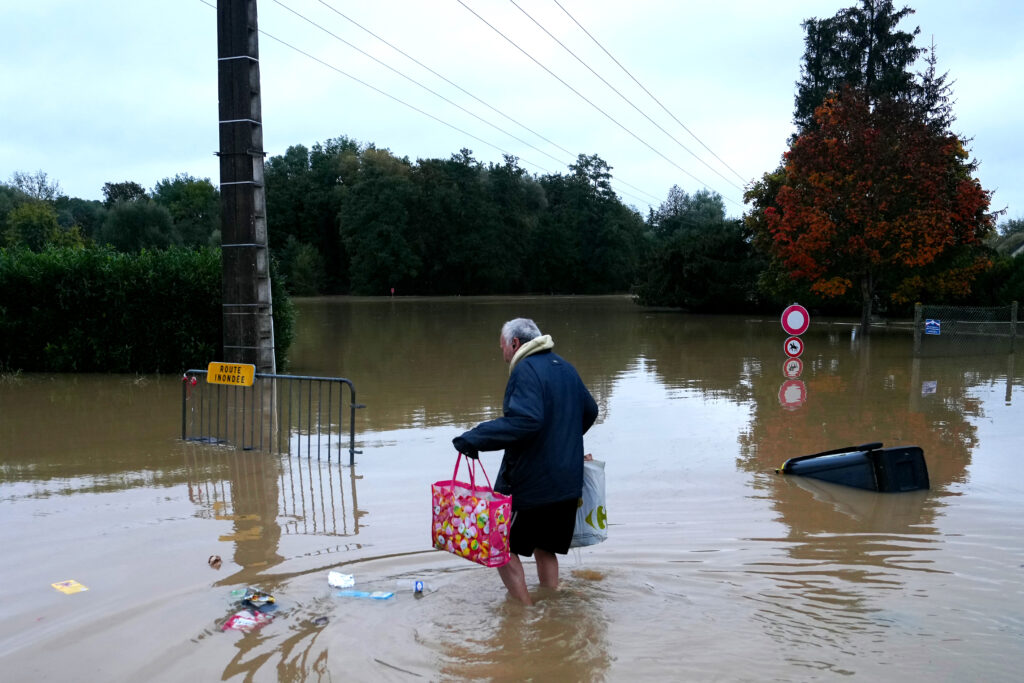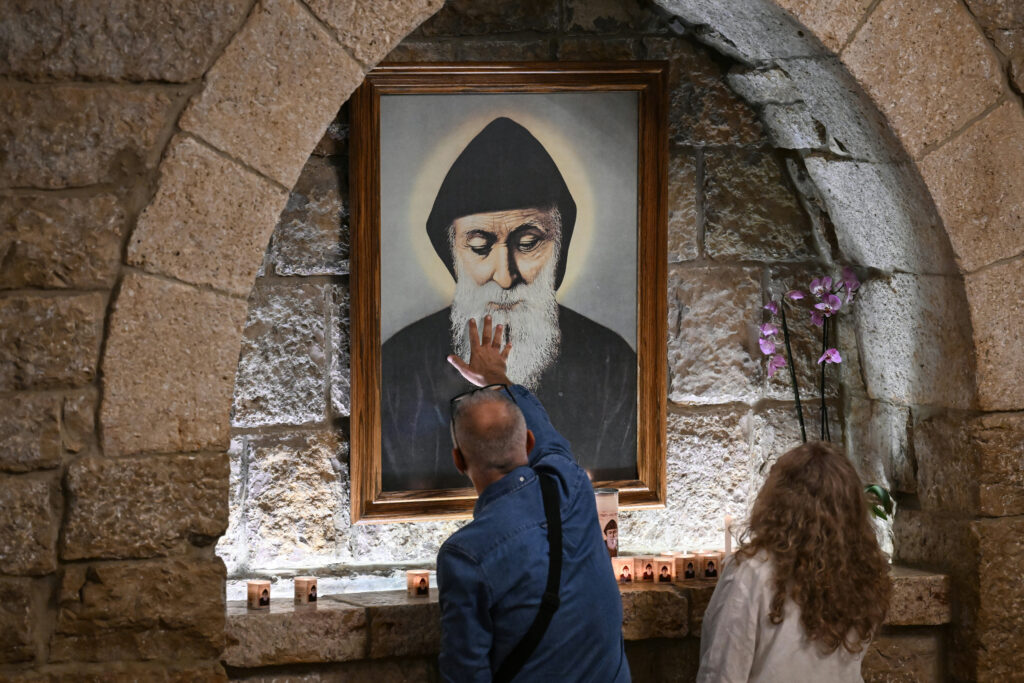Stock markets advance as odds for another Fed rate cut grow
Investors on Tuesday welcomed more dovish comments from Federal Reserve officials reinforcing hopes it will cut interest rates next month, while a tech-led rally on Wall Street soothed recent AI bubble worries.After a swoon in recent weeks, optimism appeared to be returning to trading floors as the chances of a third successive reduction in US borrowing costs increases as a weakening labour market offsets stubbornly high inflation. Fed governor Christopher Waller told Fox Business on Monday that inflation was not his main worry and that his “concern is mainly the labour market, in terms of our dual mandate” of the Fed to support jobs and keep a cap on prices.”So I’m advocating for a rate cut at the next meeting.”His comments echoed those of San Francisco Fed president Mary Daly, who told the Wall Street Journal: “On the labour market, I don’t feel as confident we can get ahead of it.”She added that the risk of a bust higher in inflation was a lower risk as the impact of US President Donald Trump’s tariffs had been less than expected.New York Fed boss John Williams said Friday that he still sees “room for a further adjustment” at the bank’s December 9-10 policy meeting.Analysts pointed out that the lack of pushback from the Fed on the remarks suggested boss Jerome Powell backed them and was preparing for another cut.Traders now see about a 90 percent chance of a reduction, having been around 35 percent last week.The prospect of lower borrowing rates pushed Wall Street sharply higher for a second successive day Monday, with the S&P 500 up around 1.6 percent.The Nasdaq charged 2.7 percent higher thanks to a surge in market heavyweights including Alphabet, Meta and Amazon.And the gains continued in Asia, which built on Monday’s strong performance.Tokyo, Hong Kong, Shanghai, Sydney, Seoul, Taipei, Mumbai, Bangkok and Jakarta all advanced, though there were pullbacks in Manila, Singapore and Wellington.London, Paris and Frankfurt opened higher.Tech firms have enjoyed a revival after suffering a period of selling in recent weeks, owing to concerns that the AI-led splurge this year may have pushed valuations too far and the huge investments made in the sector could take time to come to fruition.While there is debate about whether the advance has more legs, observers say the outlook is more nuanced.”AI remains one of the most powerful forces reshaping markets, but the tone is changing,” wrote Saxo Markets’ Charu Chanana.”Strong earnings from leading chipmakers… reassure investors that demand is real, yet the sharp swings in market reaction show that enthusiasm now sits alongside questions around sustainability, profitability, and execution.”The broad ‘everything goes up’ phase of the AI trade is fading. What replaces it is a more nuanced market: one that rewards fundamentals over narratives.”She added that investors now had to “separate the durable players from those caught up in the momentum”.Sentiment was also given a lift after Trump praised “extremely strong” US-China relations following a call with his Chinese counterpart Xi Jinping.He also said he will visit China in April and that Xi will make a trip to Washington later in 2026.However, he made no mention of the fact that they had spoken about the ever-sensitive issue of Taiwan. China’s foreign ministry said Trump had told Xi the United States “understands how important the Taiwan question is to China”.The call came after the pair met in late October for the first time since 2019, engaging in closely watched trade talks between the world’s top two economies.- Key figures at around 0815 GMT -Tokyo – Nikkei 225: UP 0.1 percent at 48,659.52 (close)Hong Kong – Hang Seng Index: UP 0.7 percent at 25,894.55 (close)Shanghai – Composite: UP 0.9 percent at 3,870.02 (close)London – FTSE 100: UP 0.1 percent at 9,542.56 Euro/dollar: UP at $1.1526 from $1.1523 on MondayPound/dollar: UP at $1.3125 from $1.3110Dollar/yen: DOWN at 156.61 yen from 156.81 yenEuro/pound: DOWN at 87.82 pence from 87.91 penceWest Texas Intermediate: DOWN 0.6 percent at $58.50 per barrelBrent North Sea Crude: DOWN 0.6 percent at $62.99 per barrelNew York – Dow: UP 0.4 percent at 46,448.27 (close)



